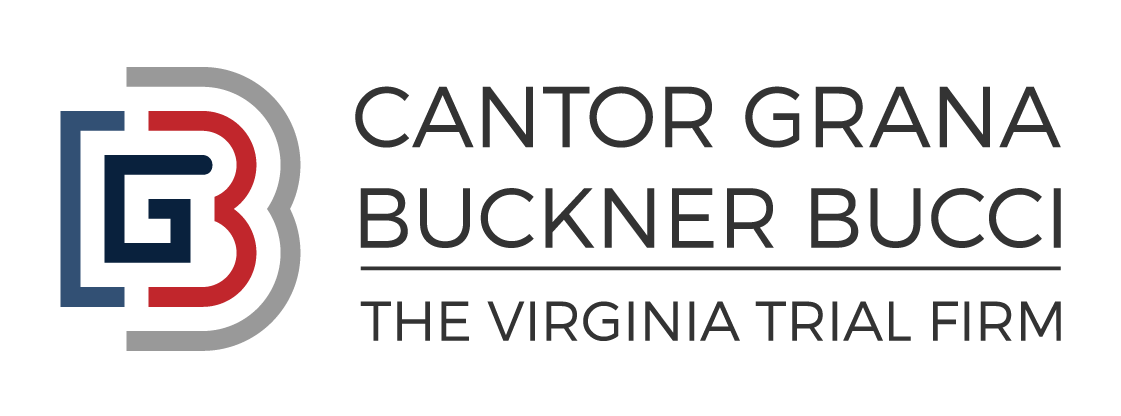In an article about consciousness, Colin McGinn writes: “The causes of consciousness in the brain are not discoverable by inspecting the brain, and introspection cannot reveal (it)…Our brains have not evolved with the necessary equipment to resolve this mystery. Our brains are good for getting us around and mating successfully, and even for doing some physics, but they go blank when they try to understand how they produce awareness.”
A coma can be caused by a traumatic brain injury, stroke, cardiac event, or complications from other illnesses. But knowing the extent to which those in coma are conscious and aware of their environment but unable to respond has not been known.
The 2016 study conducted by Kondziella et al confirmed 20% of patients in vegetative (VS) and minimal conscious states were covertly aware and able to follow commands by modifying their brain activity.
An investigation by Pan and colleagues published in 2020 showed 40% of patients thought to be completely unaware were able to follow commands consistently enough to be classified as aware by a brain-computer interface and machine learning algorithms. When followed-up 3 months later, 83% of patients had progressed to a minimally conscious state, showing signs of consciousness that were absent or undetected at the time of the previous evaluation.

In a study done in 2021, Kowalski et al found most individuals who became comatose after moderate or severe TBI regained consciousness while in the hospital, and almost half of them regained functional independence.
While exact numbers are difficult to determine, these discoveries suggest tens of thousands of patients worldwide have been assumed to be ‘awake but unaware’, when in fact they have a level of awareness of who they are, where they are, and perhaps, the situation they are in.
Many of these patients have not been identified simply because the brain -computer interface technology did not exist to bring their real situation to light. Based on these and other findings, formal clinical bodies in the UK and the USA have recently recommended functional MRI and EEG be used in the assessment of minimally conscious patients. If a loved one has sustained a serious brain injury that has left them minimally responsive, it’s important your legal team understands that injury and knows how to help maximize financial recovery; the experienced personal injury lawyers with Cantor Grana Buckner Bucci can help you obtain justice. Call us.
_________________________________________________________________________________________________________
¹ Kondziella D, Friberg CK, Frokjaer VG, Fabricius M, Møller K. Preserved consciousness in vegetative and minimal conscious states: systematic review and meta-analysis. J Neurol Neurosurg Psychiatry. 2016 May;87(5):485-92. doi: https://doi.org/10.1136/jnnp-2015-310958
² Jiahui Pan, Qiuyou Xie, Pengmin Qin, Yan Chen, Yanbin He, Haiyun Huang, Fei Wang, Xiaoxiao Ni, Andrzej Cichocki, Ronghao Yu, Yuanqing Li, Prognosis for patients with cognitive motor dissociation identified by brain-computer interface, Brain, Volume 143, Issue 4, April 2020, Pages 1177–1189, https://doi.org/10.1093/brain/awaa026
³ Kowalski RG, Hammond FM, Weintraub AH, Nakase-Richardson R, Zafonte RD, Whyte J, Giacino JT. Recovery of Consciousness and Functional Outcome in Moderate and Severe Traumatic Brain Injury. JAMA Neurol. 2021 May 1;78(5):548-557. https://doi.org/10.1001/jamaneurol.2021.0084


